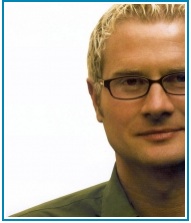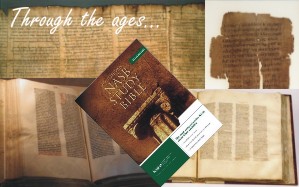 Are there any new emerging proposals for preaching? Jim Belcher, in Deep Church: A Third Way Beyond Emerging and Traditional
Are there any new emerging proposals for preaching? Jim Belcher, in Deep Church: A Third Way Beyond Emerging and Traditional examines the theory of Doug Pagitt. (I blogged about that book with Doug when it came out, and since then I’ve done more thinking about his proposal.)
The questions I have are these: Do you think there is a problem with preaching in the traditional model? (We need to hear from you.) What are the problems? Is it what Pagitt calls “speaching”? Is there a way forward? What needs to be done?
Do you think Doug Pagitt’s preaching proposals are typical or uncommon or rare among emerging types? Or is it unique to Doug and Solomon’s Porch? What proposals are you hearing about emerging preaching?
But this post is about Belcher’s proposal for preaching a Third Way. Belcher criticizes traditional preaching through a few stereotypes: he calls it “moralistic preaching” and it produces either Pharisees or or dispirited dropouts.
Pagitt’s model emerges from a hermeneutic of community: the community, with the Bible (as one voice), discerns God’s will for that community. It is a relational-set hermeneutic instead of a bounded-set or a centered-set. Belcher wonders aloud if Pagitt’s ideas have rejected the Great Tradition. So Pagitt’s model of preaching is “progressional dialogue” where the preacher and the community progress in their discernment of God’s will.
Belcher trots out DeYoung and Kluck’s critique of Pagitt, and in the footnotes to this chp Pagitt is subjected to more critique.
Belcher’s model of preaching focuses on privileging grace and the drama of the gospel plot for each sermon. He likes Eugene Lowry’s book: The Homiletical Plot: The Sermon As Narrative Art Form
.
.

